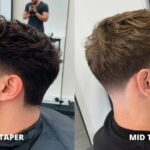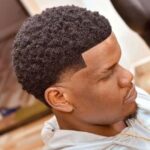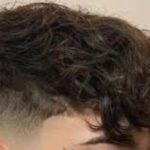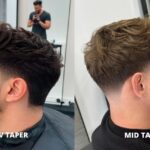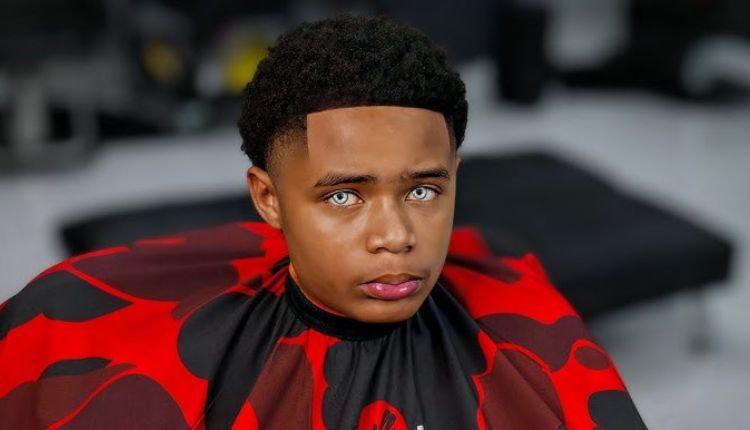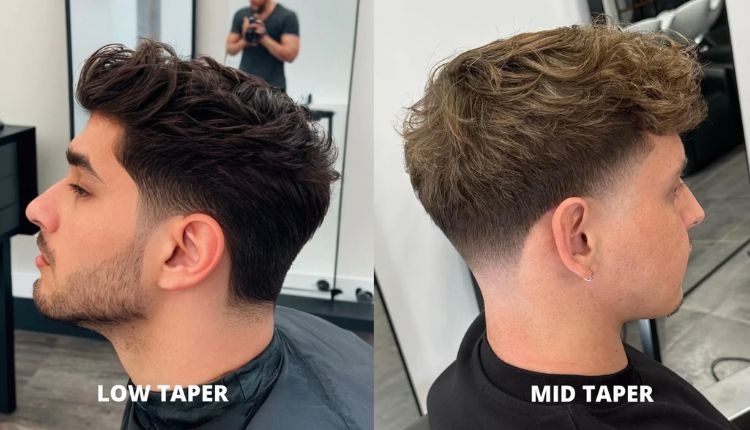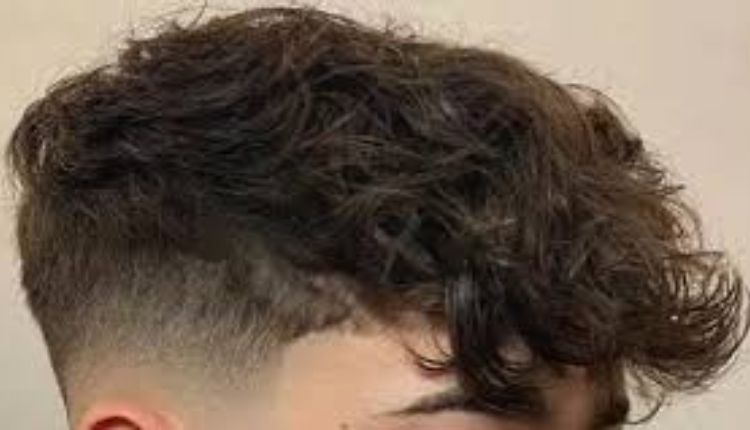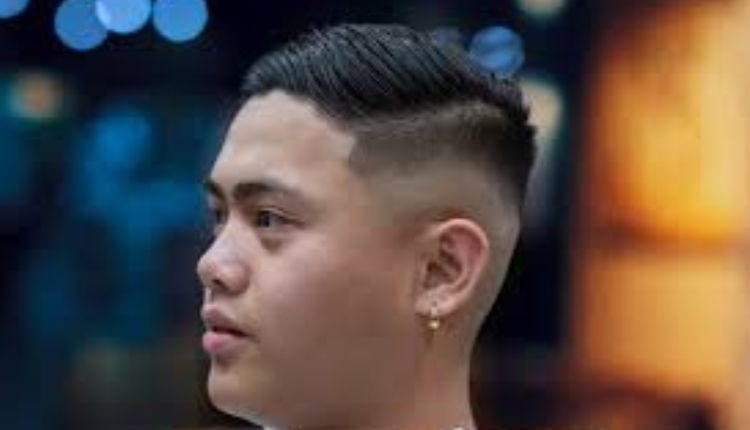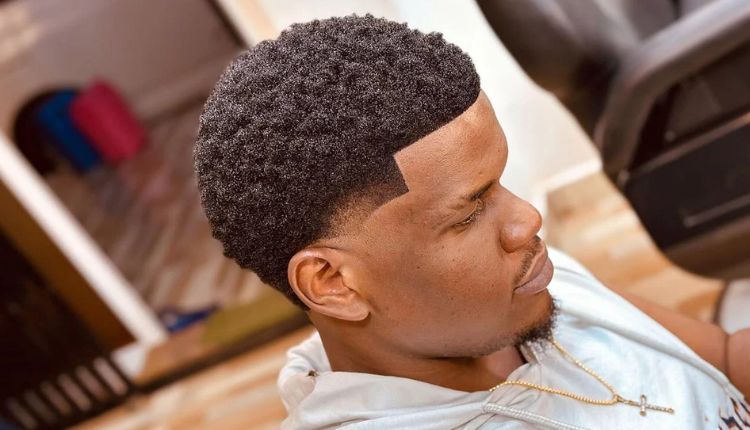With its clean gradient and adaptable look, the taper fade cut works across numerous hair kinds and face shapes. Whether worn casually or paired with a more formal outfit, this haircut exudes style, self-belief, and sophistication. Its recognition spans generations and cultures, making it a timeless fashion in barbershops internationally.
The Origins and Evolution of the Taper Fade
The taper fade cut has roots in the Navy’s grooming requirements but rose to prominence in mainstream lifestyle in the late 20th century. During the Nineteen Eighties and Nineties, this fashion won traction via hip-hop artists, athletes, and Hollywood stars who embraced its sharp and dependent appearance. Over time, the fade evolved into an announcement of individuality, frequently paired with innovative designs, textures, or colour improvements. From conventional to fashionable interpretations, the taper fade has always adapted to match new fashion trends.
Understanding the Core Concept of a Taper Fade Cut
A taper fade cut includes progressively shortening the hair duration from the top of the head right down to the sides and neckline. This fading impact creates a clean blend that complements the herbal contours of the top. Barbers use clippers with distinct defend sizes to execute a seamless transition from long to brief hair. The result is a polished, well-defined style that remains low-maintenance and visually pleasing. The taper fade permits flexibility, whether or not you choose a diffused professional look or a formidable, edgy look.
Different Types of Taper Fade Cuts
Several variations of the taper fade allow individuals to tailor the look to their character and lifestyle. The low taper fade starts the fading method just above the ears, providing a conservative and workplace-friendly vibe. The mid-taper fade starts off slightly better, including a hint of boldness at the same time as preserving a balanced appearance. The excessive taper fade creates an extra dramatic contrast by starting the fade near the crown of the pinnacle. Each fashion grants a completely unique silhouette and aesthetic appeal, ensuring there’s a model appropriate for each man or woman.
Styling the Taper Fade for Different Hair Types
The taper fade is remarkably adaptable to different hair textures. For those with straight hair, the fade may be paired with a slick again, pompadour, or comb-over for a traditional or unfashionable style. Curly hair works fantastically with the fade, mainly while combined with a quick afro or sponge twist pinnacle. Wavy hair blessings from the herbal movement and quantity that enhances the gradient impact. The taper fade cut also suits coarse or kinky hair, imparting sharp definition and smooth renovation. With the right hair products and protection, any hair type can rock this appearance effortlessly.
How to Ask for a Taper Fade Cut at the Barbershop
Communicating your favoured taper fade cut style with your barber is important for getting the precise end result. Begin by specifying whether or not you need a low, mid, or high taper fade. Mention how lengthy you need the hair on top and whether or not you choose it blended into the fade or styled one at a time.
Bringing a photo reference facilitates getting rid of confusion and ensures the barber is familiar with your expectations. You must also decide if you need additional factors like a line-up, element, or beard fade, all of which may supplement the taper fade and reduce superbly.
Maintenance and Upkeep of the Taper Fade
While the taper fade cut reduction is known for its smooth appearance, keeping its sharpness requires normal care. Most people visit the barber every 2 to 3 weeks to keep the fade looking clean. At domestic, trimming around the neckline and edges can assist in lengthening the fashion among appointments. Using excellent hair merchandise like pomade, gel, or matte clay can shape and maintain your hair based on your desired end. Daily grooming with a broom or comb guarantees your haircut remains neat and tidy, making the taper fade one of the most attainable but elegant alternatives available.
Taper Fade with Beard and Facial Hair Integration
A popular twist on the taper fade cut entails blending it seamlessly with facial hair. The beard fade mirrors the hair fade, creating an easy transition from the sideburns down to the chin. This harmonious blend enhances facial shape and adds to the overall aesthetic. Whether you’ve got a full beard, goatee, or stubble, the taper fade may be adjusted to suit your beard’s period and style. This combination is especially favoured for its masculine and modern look, frequently seen in style and entertainment icons.
The Role of the Tape-Favoured Fade in Fashion and Pop Culture
From red carpets to runways, the taper fade has made a substantial impact in present-day style. Celebrities like Drake, Zayn Malik, and David Beckham have popularised variations of this fashion, influencing millions of fanatics internationally. Its glossy, photogenic quality makes it a staple for editorial shoots and advertisements. The taper fade’s adaptability to in-shape streetwear, commercial enterprise attire, or formalwear makes it a go-to haircut for individuals who prefer each style and capability. Its resurgence in recent years proves that it is more than just a haircut—it’s a lifestyle assertion.
DIY Taper Fade Cut: Is It Possible?
Though commonly excellent when left to experts, some individuals choose to master the taper fade at home. Achieving a clean taper fade yourself calls for satisfactory tools, which include clippers, guards, scissors, and a handheld reflector. Beginners must watch tutorials and practise frequently to gain confidence and precision. It’s crucial to start conservatively and progressively alter the fade stage. While not easy, a successful DIY taper fade gives flexibility and financial savings, in particular for folks who enjoy grooming and barbering as an interest.
Common Mistakes to Avoid with the Taper Fade
A poorly done taper fade cut can lead to uneven lines, patchiness, or an unnatural appearance. One of the most common errors is the use of incorrect guard lengths or failing to blend well between degrees. Another issue is dashing the manner or lacking a clean, imaginative and prescient view of the desired final results. For the ones doing it themselves, trimming too excessively or inconsistently can damage the fade’s stability. To avoid those problems, it’s crucial to take time, comprehend the technique, and try to find guidance from skilled barbers or dependable sources.
Why the Taper Fade Cut Remains a Classic Choice
The taper fade cut maintains its status as a thriving style because it strikes the precise balance between simplicity and class. It flatters all face shapes, enhances herbal features, and gives countless variations to suit every person’s style. Whether you’re going for an ambitious transformation or a diffused refresh, the taper fade grants elegance comfortably. Its typical attraction, blended with the capability to customise it, ensures its lasting relevance in guys’ grooming and fashion.
Conclusion
The taper fade cut reduction is a great deal greater than only a hairstyle—it’s a statement of fashion, precision, and cutting-edge grooming. Its easy strains, slow fade, and versatility have made it a favourite throughout generations and cultures. Whether you choose a conventional low fade or a pointy excessive fade with formidable design factors, the taper fade gives limitless opportunities. With the right care, conversation, and styling, this haircut can raise your entire look and provide you with the self-belief to face the sector with aptitude.
